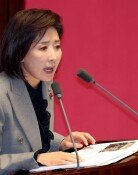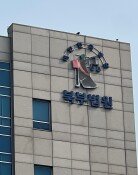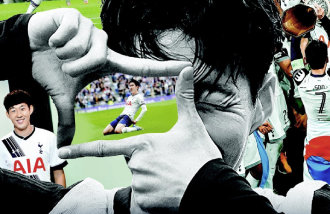Convention center declines into a kids’ cafe, with KRW 170 billion invested
Convention center declines into a kids’ cafe, with KRW 170 billion invested
Posted March. 22, 2024 07:38,
Updated March. 22, 2024 07:38
Ten out of 14 convention centers built and operated by local governments to boost the MICE (meetings, incentives, conventions, and exhibitions) industry are in the red, according to a new study. Most of them are unable to cover their operating costs because their utilization rate is less than 60 percent, even though they attract events unrelated to their purpose, such as baby’s first birthday parties, buffets, and wedding parties.
According to The Dong-A Ilbo's Thursday report, the accumulated deficit of the Daejeon Convention Center over the past three years (2021-2023) has exceeded 17 billion won. Despite investing 117.5 billion won to expand three times its original size by March 2022 since its opening in 2008, the operational rate during this period remained only between 29.9% and 37.6%. Approximately 10 billion won was spent annually on operating expenses, but not even half of it was earned back.
Some deficit-ridden convention centers are pushing for expansion, while other local governments are also jumping into construction projects, raising concerns about the potential waste of taxpayer money. The Kim Dae Jung Convention Center in Seo-gu, Gwangju, accumulated a deficit of 7.6 billion won over the same period, but it has been planning to invest 140 billion won to build a second exhibition hall. However, construction has been put on hold recently due to increased construction costs. Lee Kyung-woo, Director of the Economy and Industry Department at the Ulsan Development Institute, emphasized the importance of establishing a system for residents to monitor everything from demand forecasts to verification before the construction of convention centers.
울산=최창환 기자 oldbay77@donga.com



![싱크대에 끓는 물 부어 청소? 수리비 폭탄 맞는다 [알쓸톡]](https://dimg.donga.com/c/138/175/90/1/wps/NEWS/IMAGE/2025/12/10/132935996.3.jpg)



